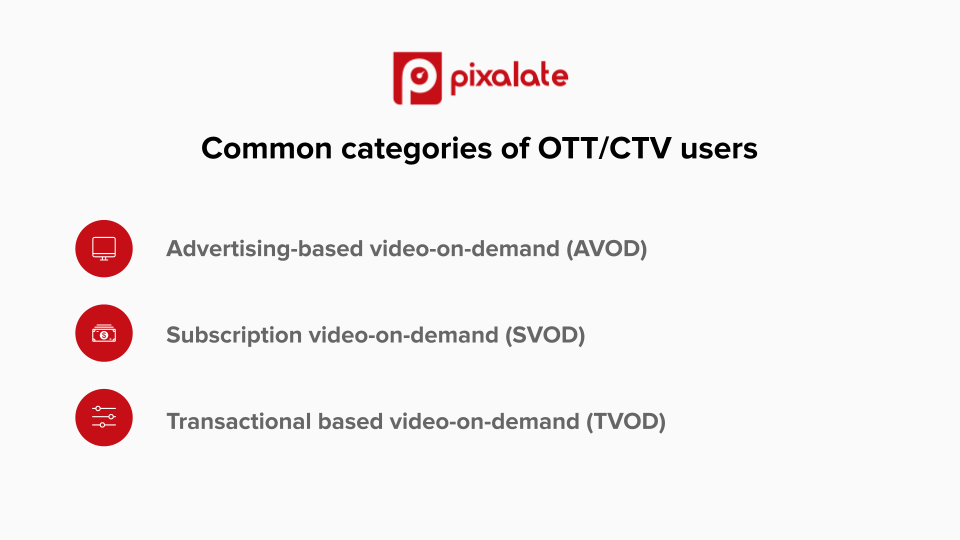
OTT meaning stands for over the top, initially named in reference to devices that go “over” a cable box to give the user access to TV content. On OTT platforms, content is delivered via an internet connection rather than through a traditional cable/broadcast provider.
Over the top and video are connected, but they are not the same thing. OTT services are just a different channel through which video content (and related display or video advertisements) is delivered to end users.
Moreover, our blog post highlighting the growing threat of OTT ad fraud includes the additional information:
“Over the top may be defined differently by the various partners involved in the delivery, advertising, and measurement streams. OTT, as defined by OTT content providers (e.g., Hulu, SlingTV, etc.), may include any users accessing over the top content via any device (desktop, mobile phone/tablet, over the top devices, etc.).
“However, OTT may also be defined strictly on the basis of the device used to access the content. Examples of over the top devices include Apple TV, Chromecast, Amazon Fire, Roku in addition to Smart TVs (Connected TVs) and gaming platforms (i.e., PlayStation, Xbox, etc.). How advertising inventory is measured/categorized depends on the partners involved in the respective OTT supply chain.
“An important point to note regarding OTT advertising is that although video advertising is most prominent on OTT platforms, display advertising also occurs in over the top channels and on over the top devices.”

Schedule a demo to learn more about Pixalate’s Fraud Management System — the industry’s only anti-fraud platform with accredited OTT solutions.
*By entering your email address and clicking Subscribe, you are agreeing to our Terms of Use and Privacy Policy.
These Stories on Thought Leadership
*By entering your email address and clicking Subscribe, you are agreeing to our Terms of Use and Privacy Policy.

Disclaimer: The content of this page reflects Pixalate’s opinions with respect to the factors that Pixalate believes can be useful to the digital media industry. Any proprietary data shared is grounded in Pixalate’s proprietary technology and analytics, which Pixalate is continuously evaluating and updating. Any references to outside sources should not be construed as endorsements. Pixalate’s opinions are just that - opinion, not facts or guarantees.
Per the MRC, “'Fraud' is not intended to represent fraud as defined in various laws, statutes and ordinances or as conventionally used in U.S. Court or other legal proceedings, but rather a custom definition strictly for advertising measurement purposes. Also per the MRC, “‘Invalid Traffic’ is defined generally as traffic that does not meet certain ad serving quality or completeness criteria, or otherwise does not represent legitimate ad traffic that should be included in measurement counts. Among the reasons why ad traffic may be deemed invalid is it is a result of non-human traffic (spiders, bots, etc.), or activity designed to produce fraudulent traffic.”

